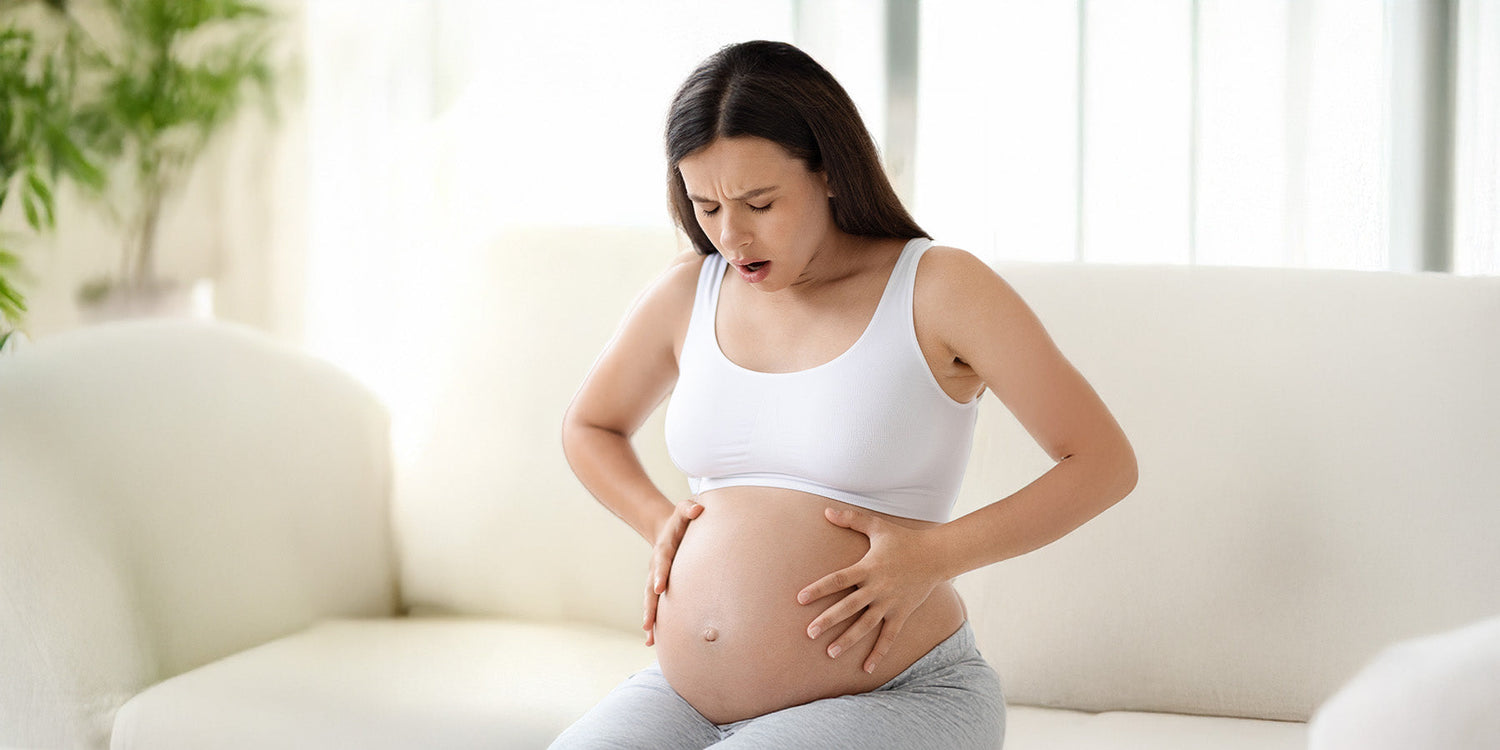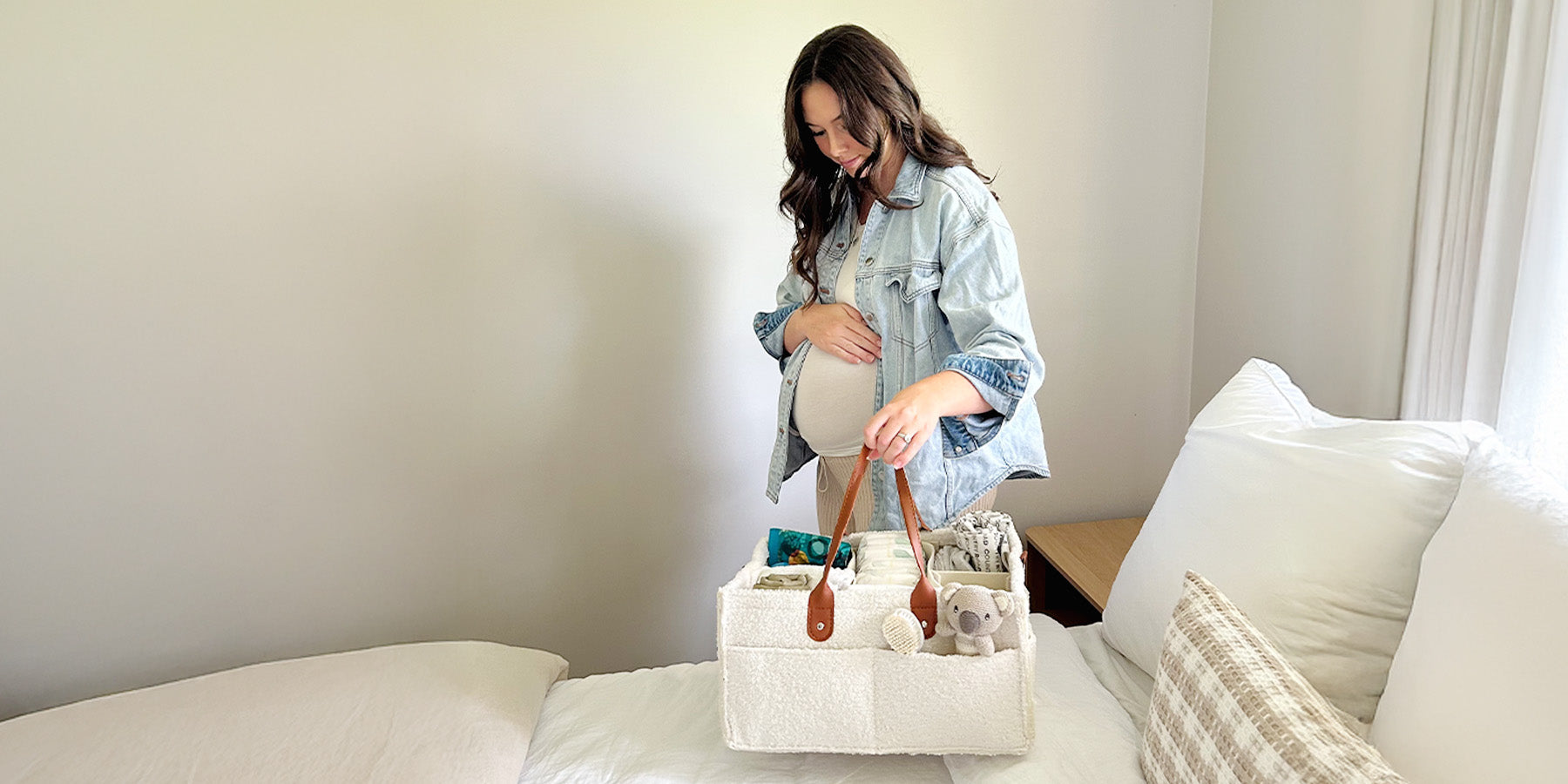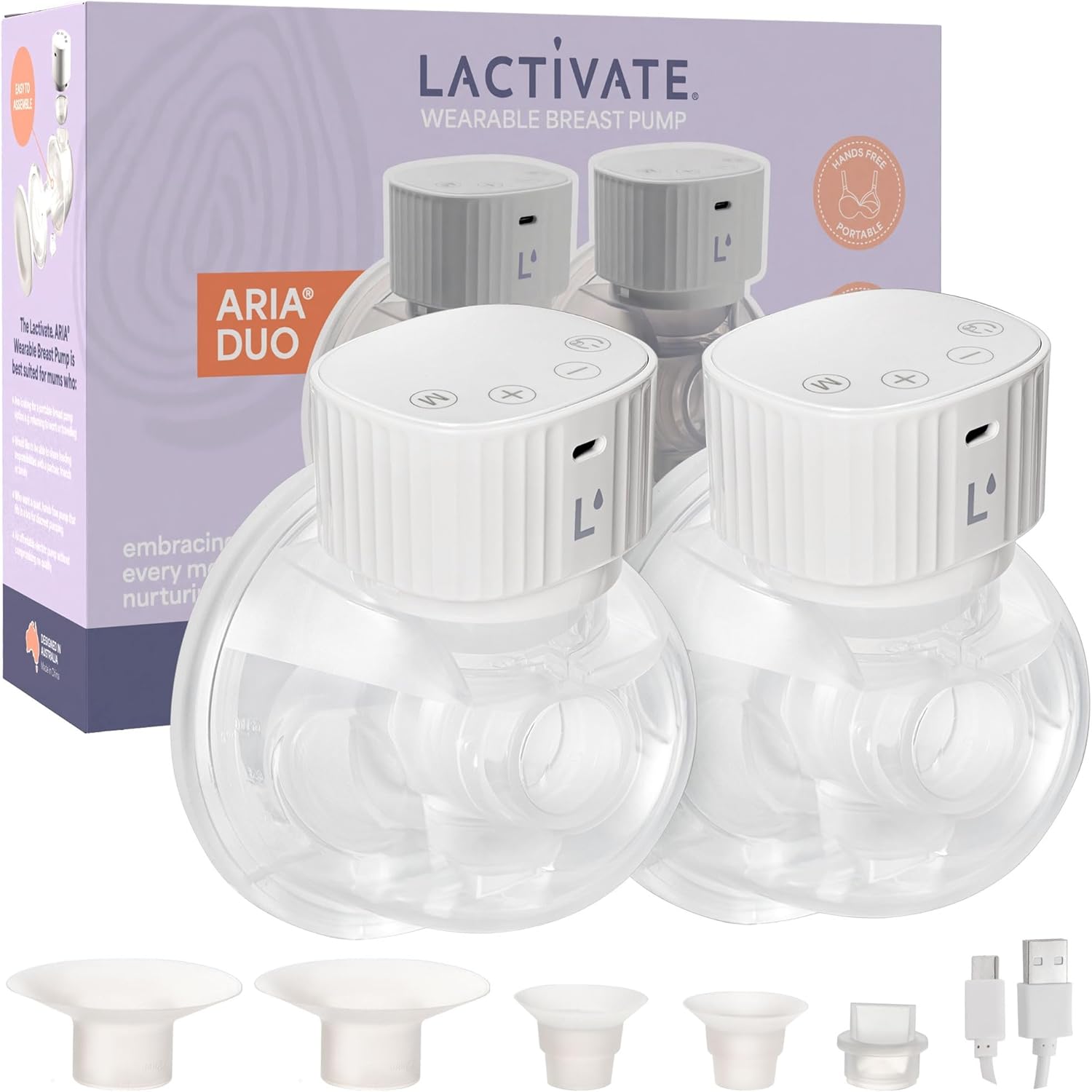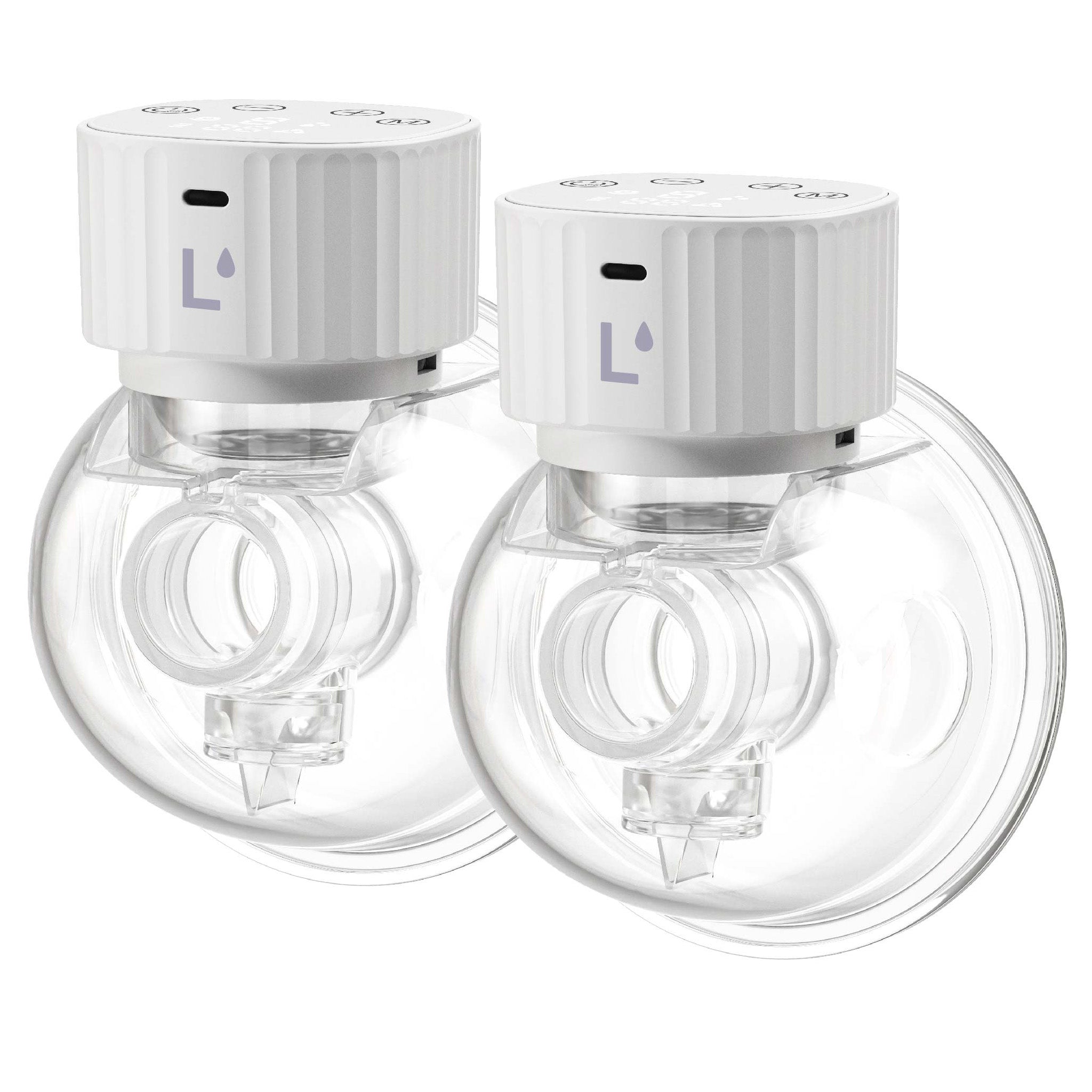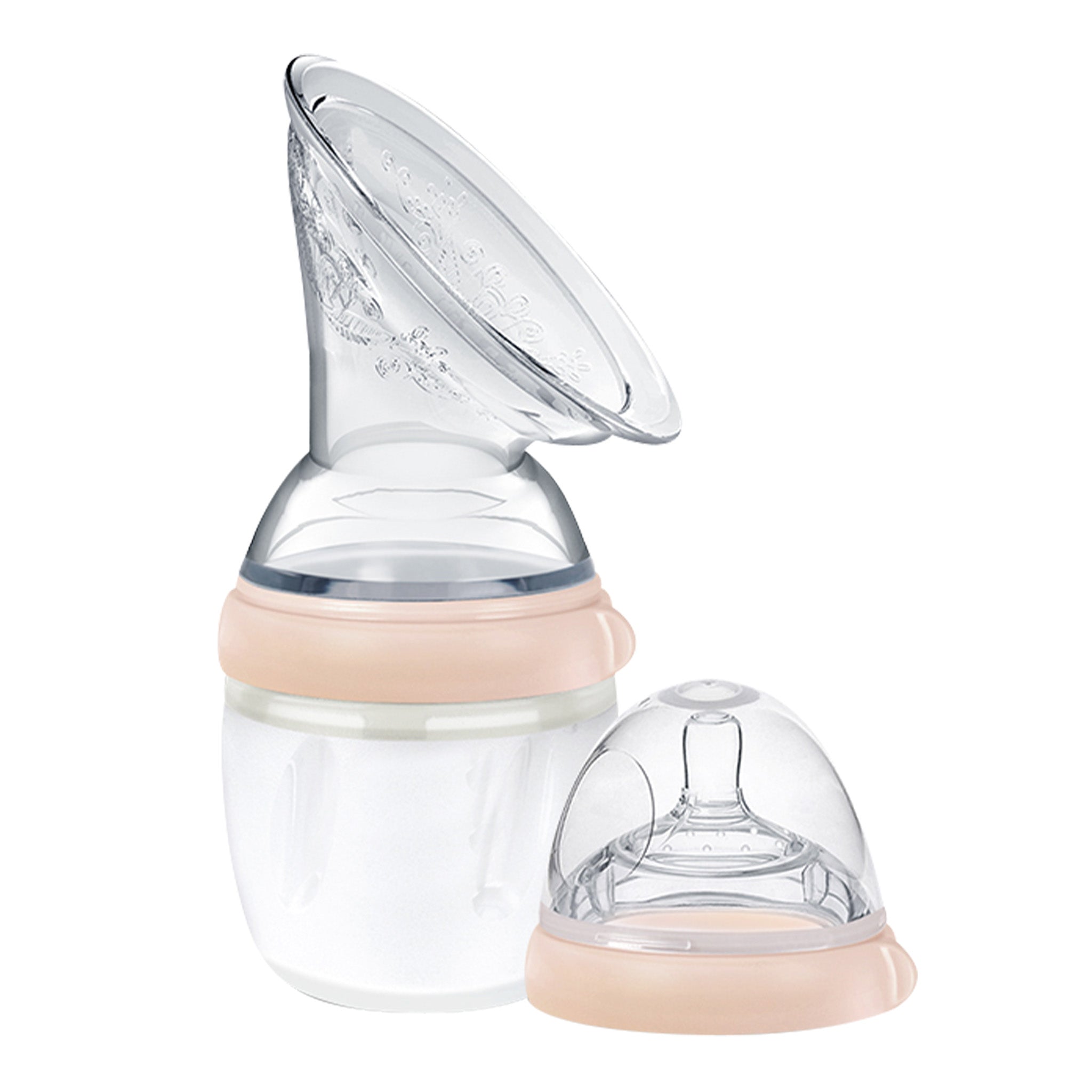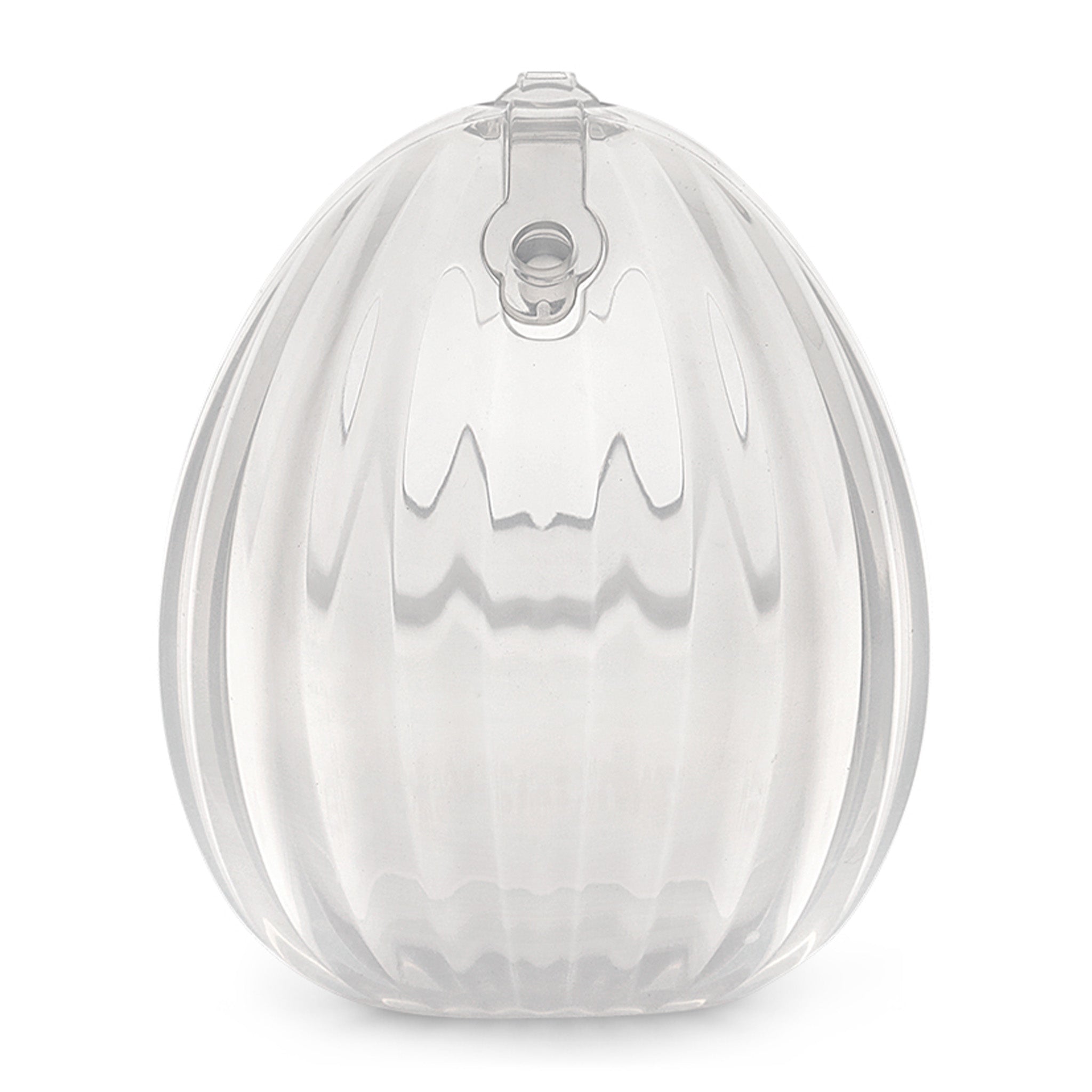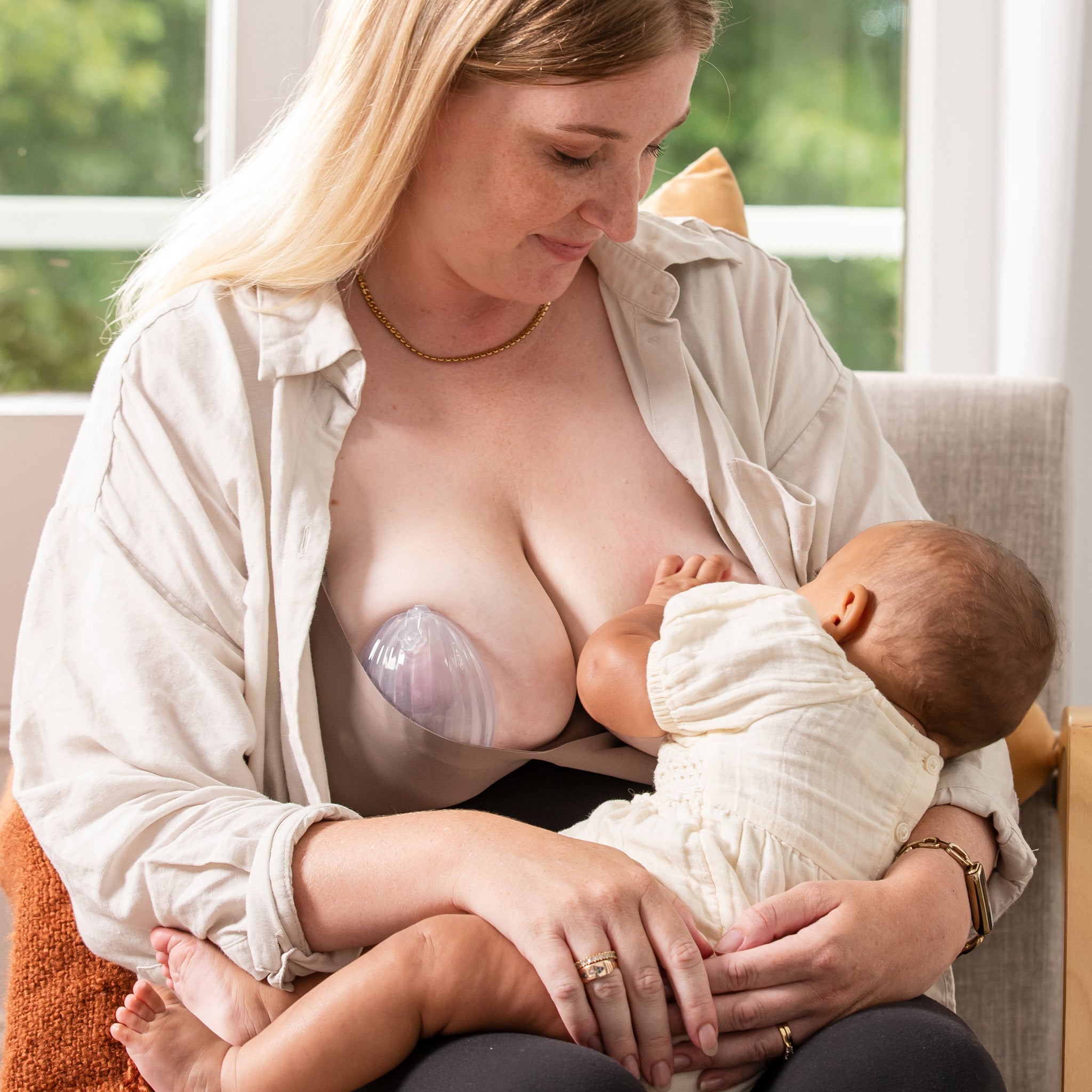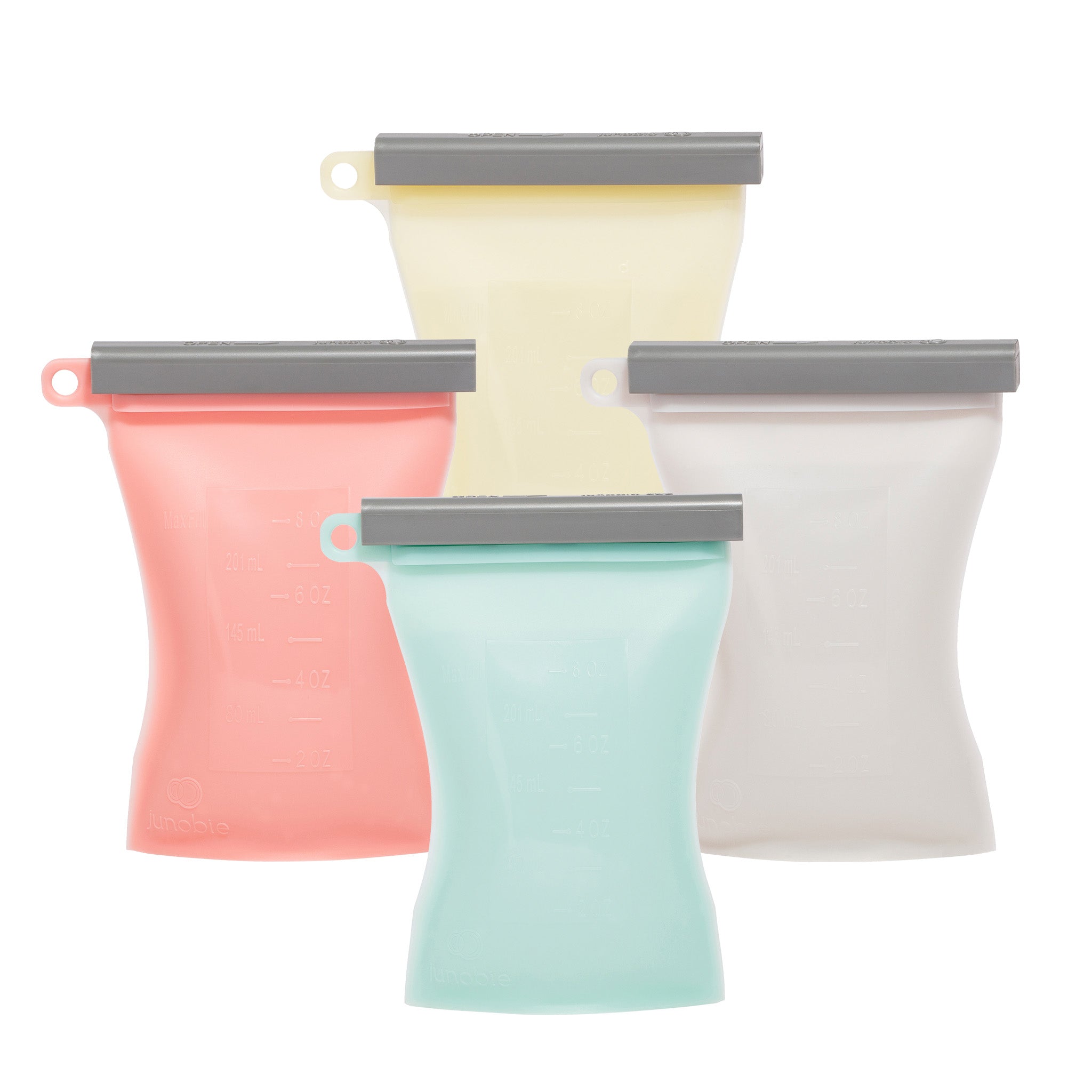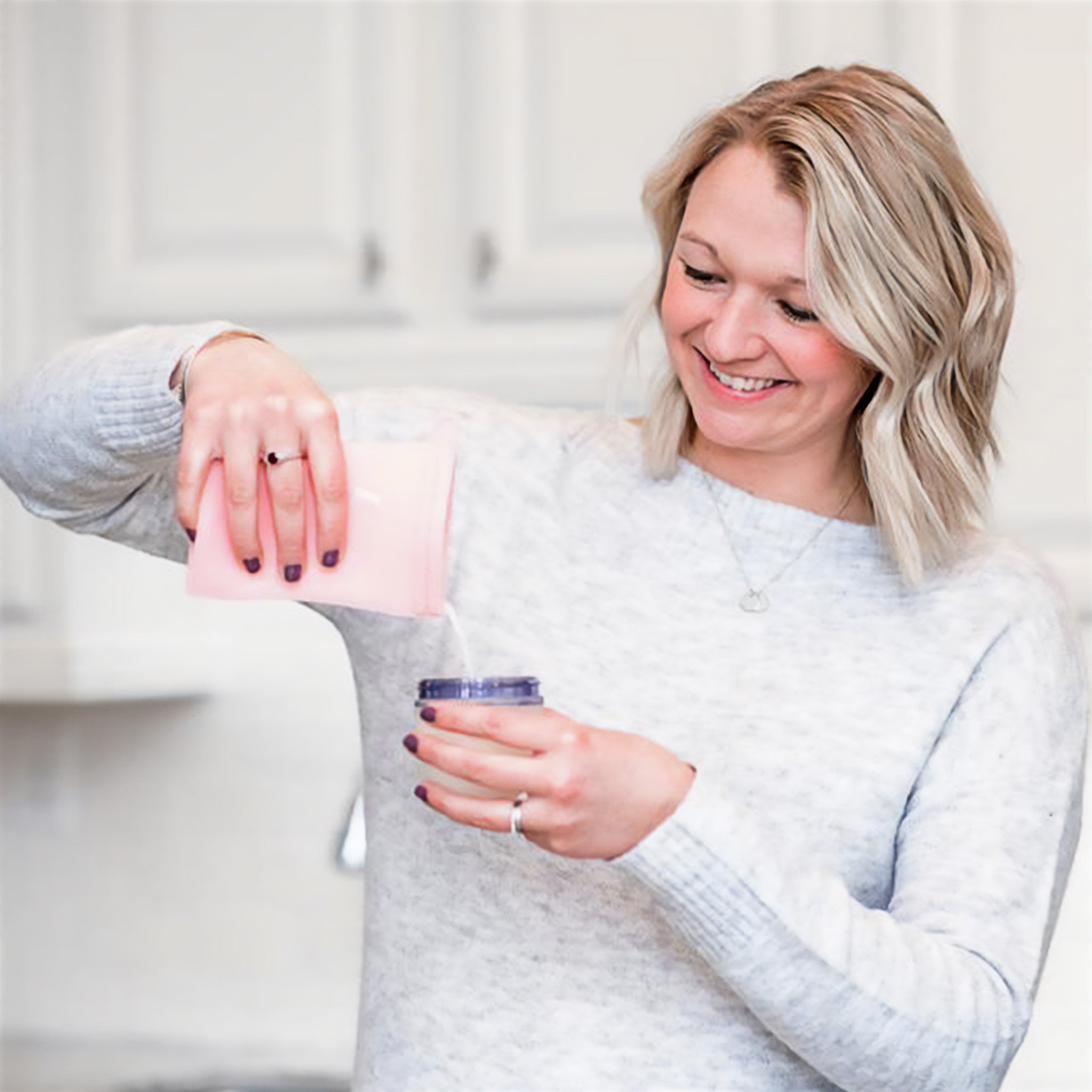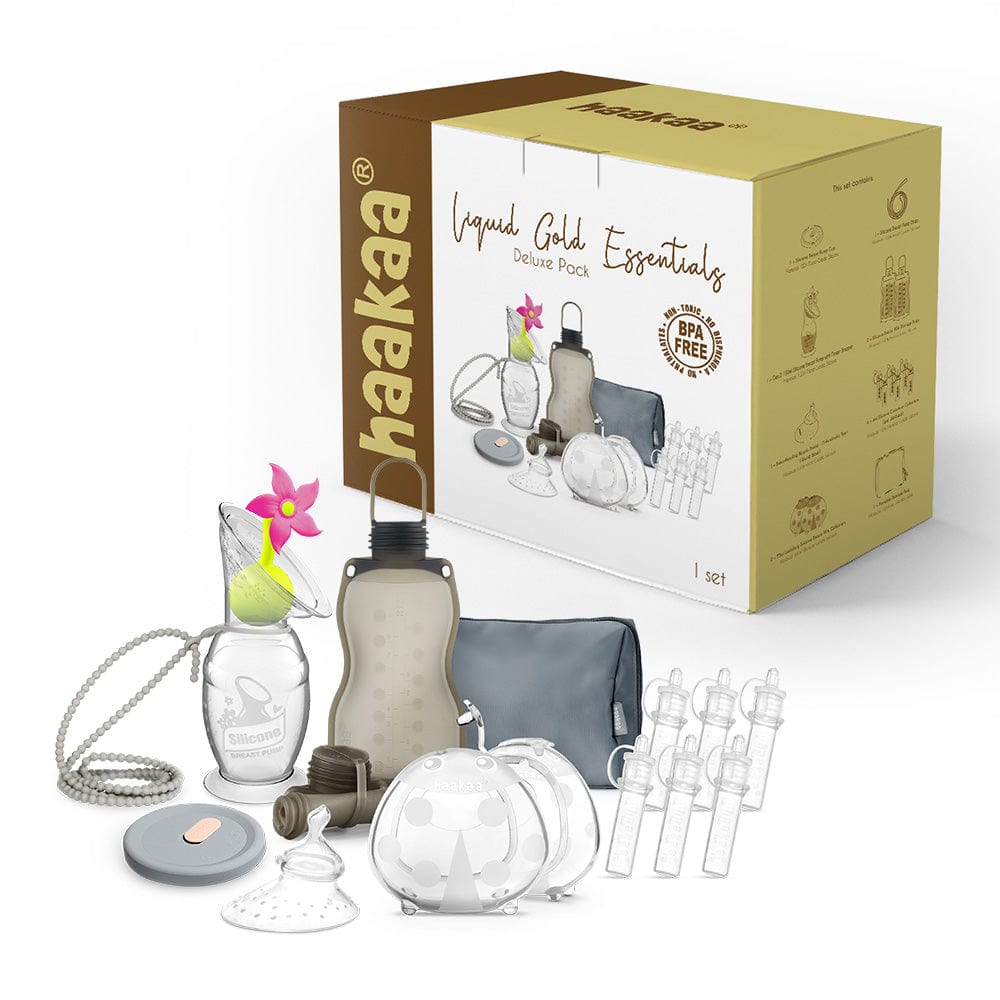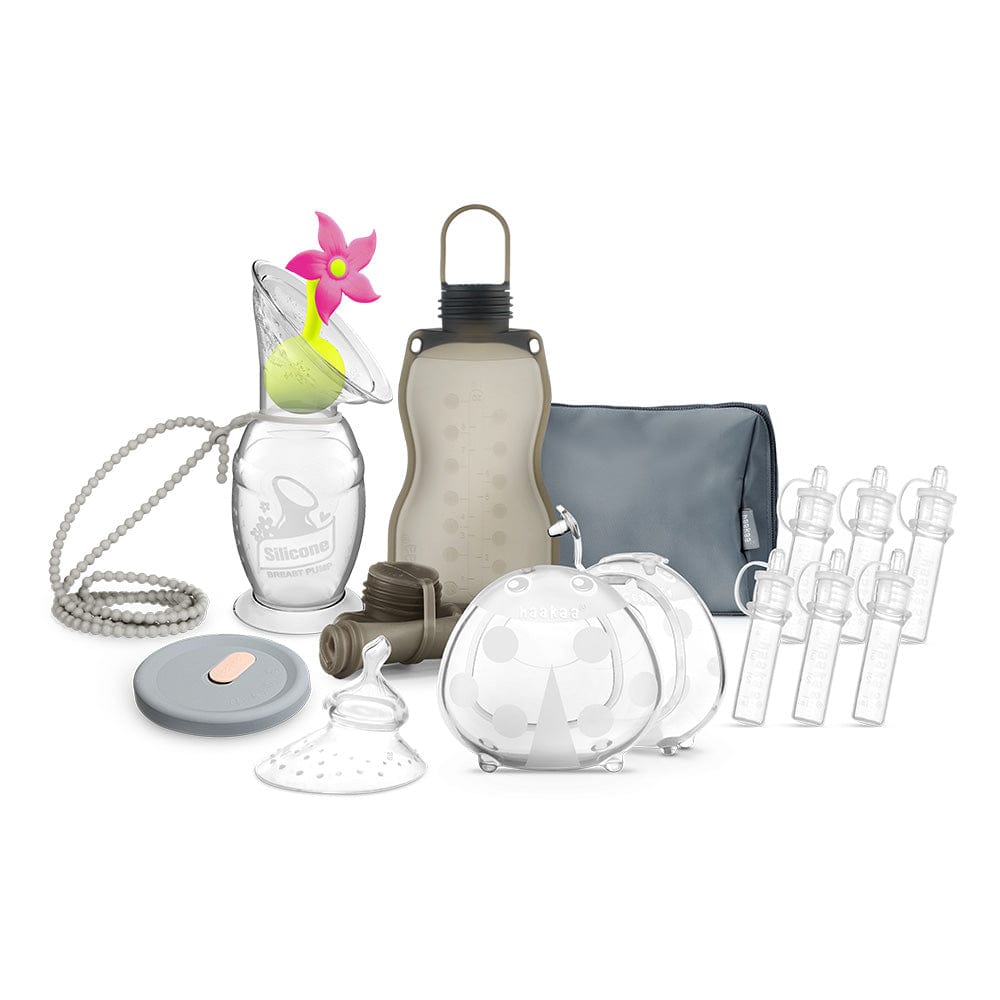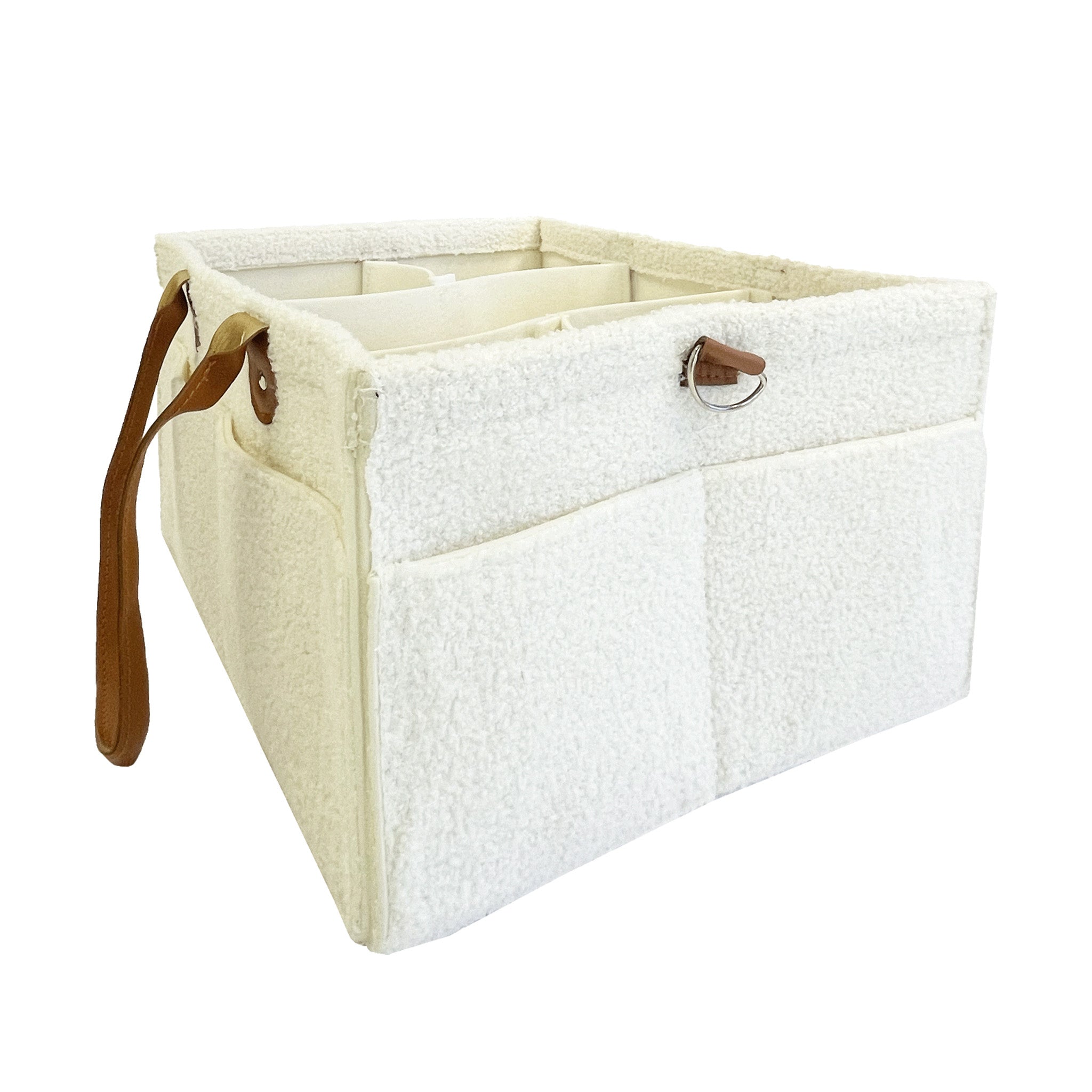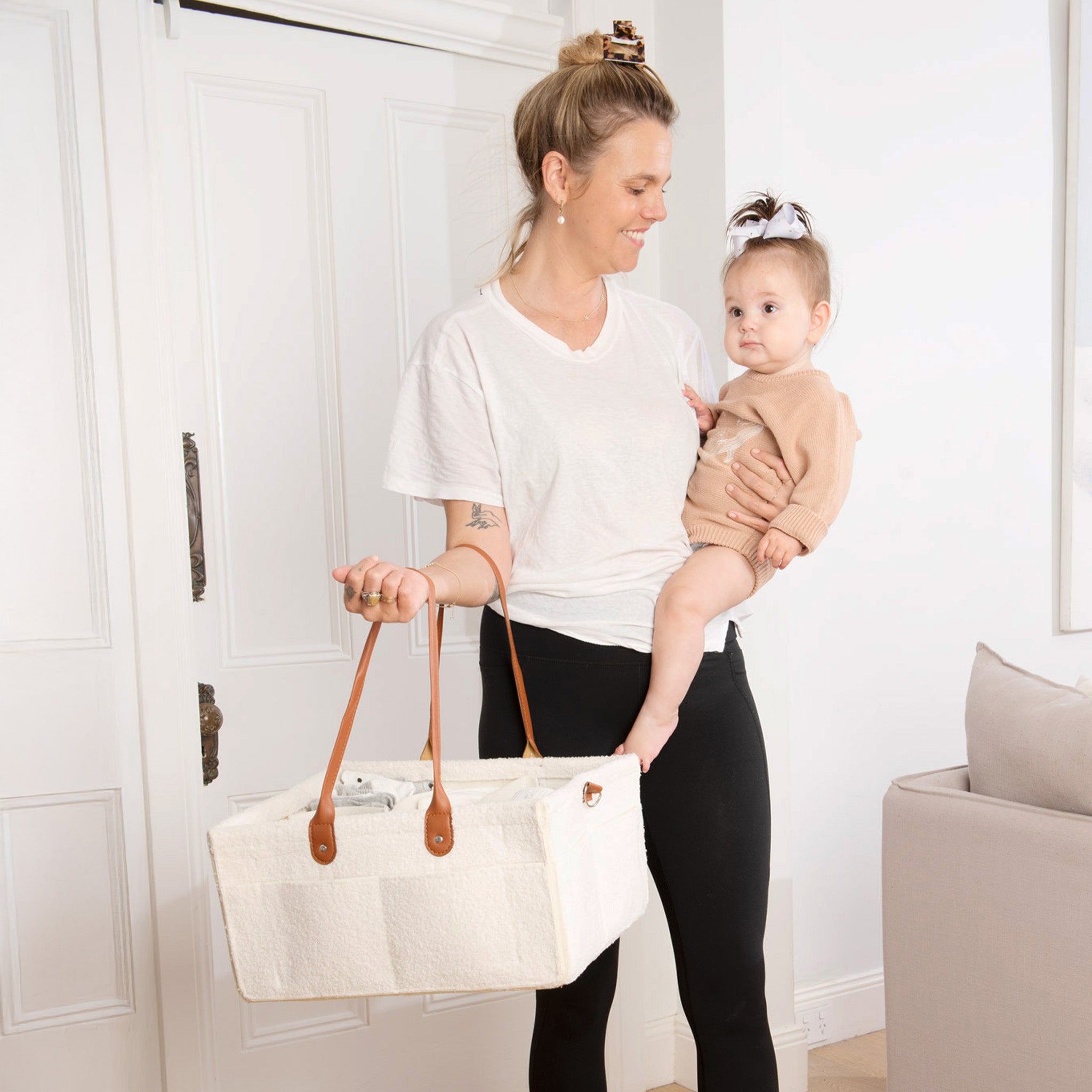After nine months of waiting, the time to meet your baby is finally here! Or is it? Plenty of mums-to-be have been tricked by things like braxton hicks (or practice contractions) and other things that make it seem like they are in labour when they’re actually not quite there yet.
We are taking a look at the different ways our bodies tell us that baby is on the way, so that when the time comes, you’ll have a better idea that ‘this is actually it!’
Aches and pains and bowel change!
As you reach the 9 month mark of your pregnancy, aches and pains are likely a daily occurrence. A full term pregnancy takes a huge toll on your body and towards the end even simple tasks can become a chore. The beginning of labour aches and pains however will often feel a bit different to what you’ve become used to. A deeper, lower back pain is often one of the first signs that things are starting to happen. You might also notice some gastrointestinal changes, usually diarrhoea. This is thanks to prostaglandins, which are hormone-like substances which are released by your body to help get labour started and which help to soften the cervix. The increased pressure of your bubs head dropping down into the cervix as it softens can also put pressure on both your bowel and bladder meaning you might need the loo a lot more frequently in the days before birth.
A sudden burst of energy
By the time you’ve hit the 38 week mark, chances are good that you have the energy levels of a particularly slow moving Sloth. Your body is tired, you’re likely not sleeping especially well and ‘exhausted mum to be’ is likely your everyday mood. It’s super surprising then when you suddenly get a burst of energy, seemingly out of nowhere and are hit with the strong desire to clean, cook, organise or generally just get life sorted. This ‘nesting’ urge is thought to be an instinctual desire to create a safe space for your impending new arrival and often happens in the days before labour kicks off. I remember an extremely strong desire to scrub the walls and clean the oven when I was due with my third bub. Two desires I had never had before and, sadly, have not had since.
Changes in your discharge and the arrival of your mucus plug
In the days before labour starts, you may notice a change in your vaginal discharge (glamorous we know!). An increase in the amount and a change in colour or texture are all common occurrences as your body begins to prepare to give birth. You may also find that you lose your mucus plug. This is sometimes referred to as a ‘bloody show,’. The mucus plug, like the name suggests, acts as a ‘plug’ to close off the cervix during pregnancy. As your cervix begins to open, the no-longer-needed plug begins to disintegrate and may appear as thick, blood tinged discharge. It’s important to note that any bright red, fresh blood should always be reported to your caregiver.
Pelvic pressure and contractions
Now we’re getting to the pointier end of things! Pelvic pressure and contractions are usually what most people associate with the beginning of labour. You may notice an increase in pressure in your pelvis, back and/or lower abdomen and dull, period pain-like cramping in your uterus. These cramps will often feel like a ‘hold and release’ type sensation and/or seem to roll from the top of your uterus to the bottom. Early labour contractions feel different to their braxton hicks friends. Braxton Hicks contractions can occur throughout your pregnancy and will generally feel like a tightening or squeezing but without intense pain. They are usually irregular and do not increase in intensity. Labour contractions on the other hand will begin to follow a pattern and gradually increase in intensity and length as labour progresses.
The breaking of your waters
The most ‘Hollywood’ of all early labour signs! Your water breaking is one of those things you always see in movies or on TV, usually as a hugely dramatic tidal wave of liquid, followed almost immediately by full-blown labour. The reality is a bit different. Often, your water breaking will only produce a relatively small trickle of liquid, followed by other early signs of labour. Some women will find that labour is fully established before their water breaks, while a smaller percentage still will find their amniotic sac stays intact right up to birth, sometimes even after! This was my experience. My water only broke at the very end of labour, almost as my first two babies were being born. With my third, my waters never broke and she was delivered inside her sac! The important thing to note is that your water breaking is something that is important to report to your caregiver. This is because there is a window of time after it breaks where labour should ideally be established. Your caregiver may also want to know what colour the liquid is/was to ensure that there is not meconium present. Meconium, or your bubs first poo, should not be present in your waters. If it is, it can mean that your baby is in some distress and labour will need to be sped up. Speak to your caregiver if you have any concerns as they are best placed to advise on procedure for your water breaking and next steps.

